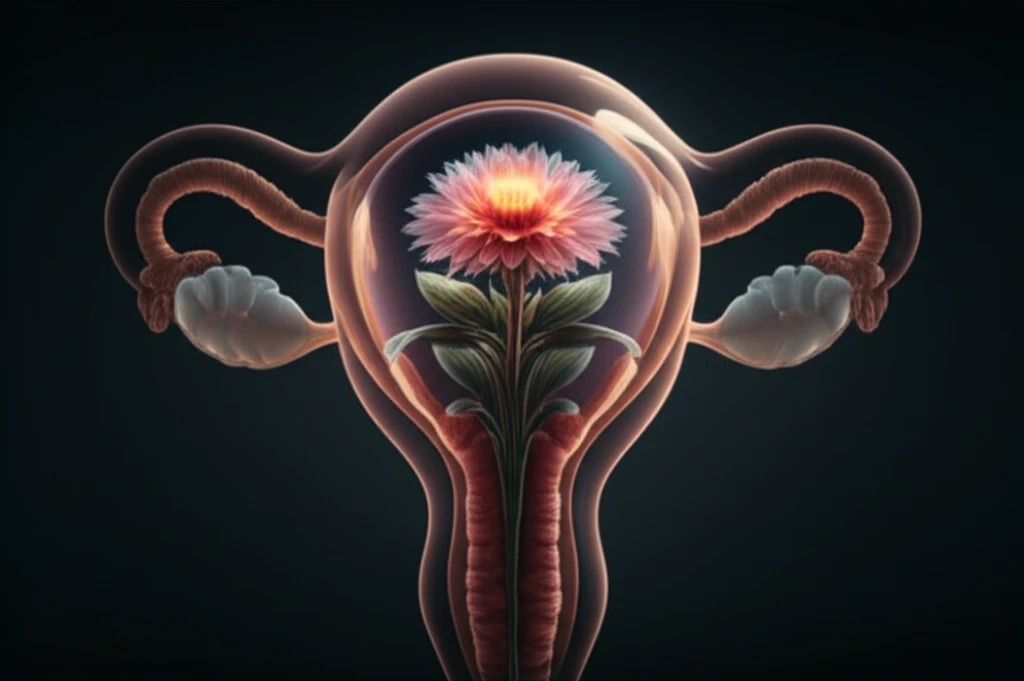
Uterus Transplantation: A New Frontier in Fertility for Women?
"A breakthrough study reveals successful livebirths from deceased uterus donors, offering renewed hope for women with uterine infertility."
The field of reproductive medicine has witnessed a significant leap forward with the advent of uterus transplantation. Since 2015, marked by the first livebirth following uterus transplantation from a living donor, numerous success stories have emerged, transforming the landscape of fertility options for women facing uterine factor infertility.
Uterine transplants, once considered a distant possibility, have now seen roughly 50 procedures completed, utilizing both living and deceased donors. This increase highlights the growing interest and investment in this area, signaling a shift in how we approach infertility.
A recent study in The Lancet by Danielle Ejzenberg and colleagues has marked a new milestone by demonstrating a healthy livebirth using a uterus from a deceased donor. This breakthrough addresses the critical issue of organ availability, paving the way for more women to access this life-changing procedure.
Deceased Donor Uterus Transplants: Overcoming Challenges and Expanding Possibilities

One of the most pressing challenges in uterus transplantation involves refining the criteria for both donors and recipients. Balancing the need to maximize success rates while minimizing risks for all involved parties, and simultaneously expanding organ availability, requires careful consideration. This balance is crucial for making the procedure more accessible without compromising patient safety.
- Extended Ischemia Time: The study demonstrated that a human uterus could remain functional after being subjected to cold ischemia for a period four times longer than what has been previously observed with living donors (7 hours 50 minutes versus 1 hour 18 minutes).
- Surgical Approach: The surgical approach used in the study differed from previous successful cases involving living donors. Rather than relying solely on uterine or ovarian veins, the venous outflow was duplicated through both sets of veins.
- Challenging Traditional Timelines: The authors also challenged the conventional practice of waiting at least one year post-transplantation before attempting pregnancy, initiating embryo transfer earlier than typically recommended.
Looking Ahead: Standardizing Techniques and Expanding Access
As uterus transplantation evolves, standardizing surgical techniques, refining post-operative controls, and assessing the impact of new technologies such as preimplantation genetic screening are essential. Furthermore, discouraging iatrogenic interventions like planned preterm deliveries and recording long-term offspring outcomes will contribute to safer and more effective procedures. With increasing standardization, exploring indications for more controversial groups and new sources of uteri is vital for the future of this field. Collaborative networks and societies play a crucial role in promoting education, guidance, and transparent reporting of procedures to ensure the safe and ethical advancement of uterus transplantation.
